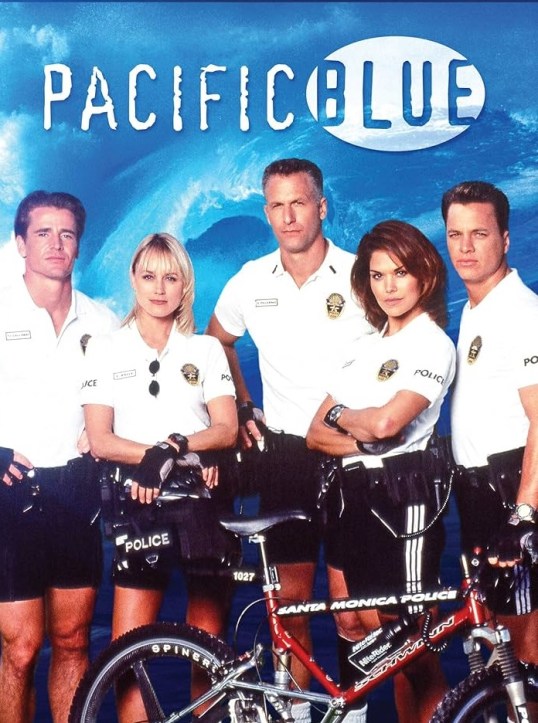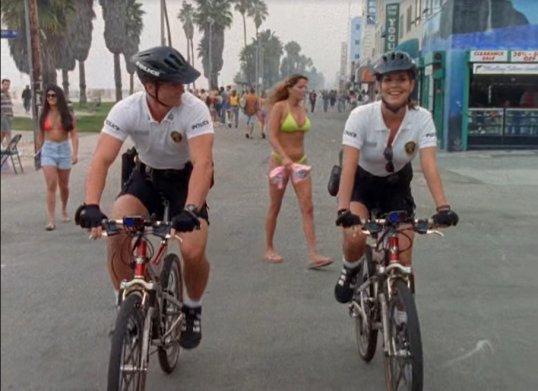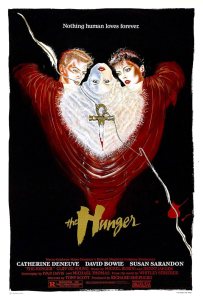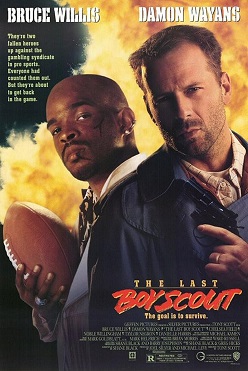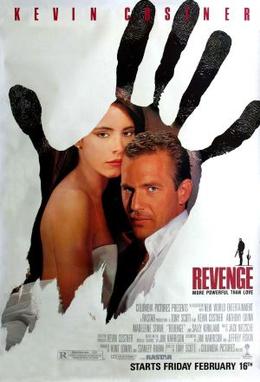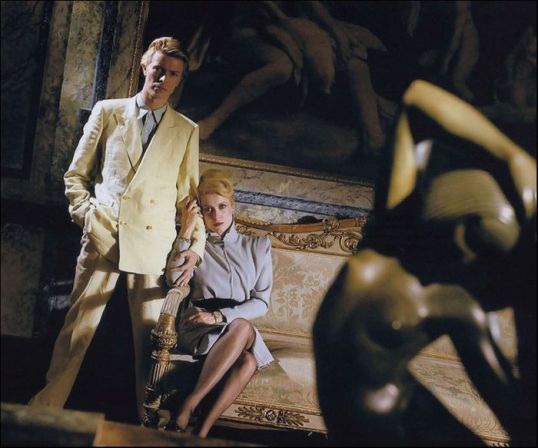Welcome to Late Night Retro Television Reviews, a feature where we review some of our favorite and least favorite shows of the past! On Tuesdays, I will be reviewing Pacific Blue, a cop show that aired from 1996 to 2000 on the USA Network! It’s currently streaming everywhere, though I’m watching it on Tubi.
This week, a crazed gunman takes over the beach. Good thing the Bike Patrol’s there….
Episode 2.16 “Soft Targets”
(Dir by Ron Satlof, originally aired on January 12th, 1997)
Zack Torrance (Terence Knox, a.k.a. St. Elsewhere‘s Dr. White) is a former soldier who claims that he has information about the CIA smuggling drugs into the U.S. as a way to help raise money to defeat the communists in Central America. This is a conspiracy theory that I’m very familiar with. I don’t quite buy it because it assumes a bit too much competence on the part of the CIA. That said, it’s a popular conspiracy theory amongst some. All I know is that communism sucks.
Kind of like this show!
Anyway, Zack opens fire on a beach and holds everyone hostage because he wants to get his story out. For some reason, the job of securing the beach and negotiating with Zack falls to these dorks:
The CIA shows up in the form of Franklin Quill (Sherman Howard). Quill takes over the negotiations and, while TC and Chris glower in the background, he proceeds to shoot and kill Zack. Zack dies and the story doesn’t get out. TC looks upset but he doesn’t really do anything to stop Quill so you know what? Get bent, TC.
Seriously, this episode …. ugh. First off, hostage episodes are boring to begin with. There’s only so many times you can watch some sweaty guy barking out orders before you get bored with the whole thing. Pacific Blue makes things worse by bringing in the Bike Patrol. We’re supposed to dislike Quill but actually, Quill shows up, takes charge of the situation, and brings things to a close. The fact that TC spends the whole episode standing around with an annoyed expression on his face doesn’t make Quill any less effective. For this entire episode, TC whines and bitches about Quill’s tactics but TC never actually develops any tactics of his own. If anything, the Bike Patrol is kind of superfluous in this episode.
Terence Knox was believably desperate as Zach. Holly Robinson Peete showed up as a woman who was wounded by Zach’s initial attack on the beach. She survived and then married a lifeguard (Robert Joseph). Palermo was not in this episode. Instead, he left to train a Bike Patrol in another country and left TC in charge of the Santa Monica’s Bike Patrol. Big mistake, if you ask me.
If there was any pleasure to be found in this episode, it came from just how poorly the Bike Patrol came across. Seriously, they couldn’t catch Zach. They couldn’t control the beach. What exactly do we need these people for? Bike Patrol, what is it good for? Absolutely nothing.
